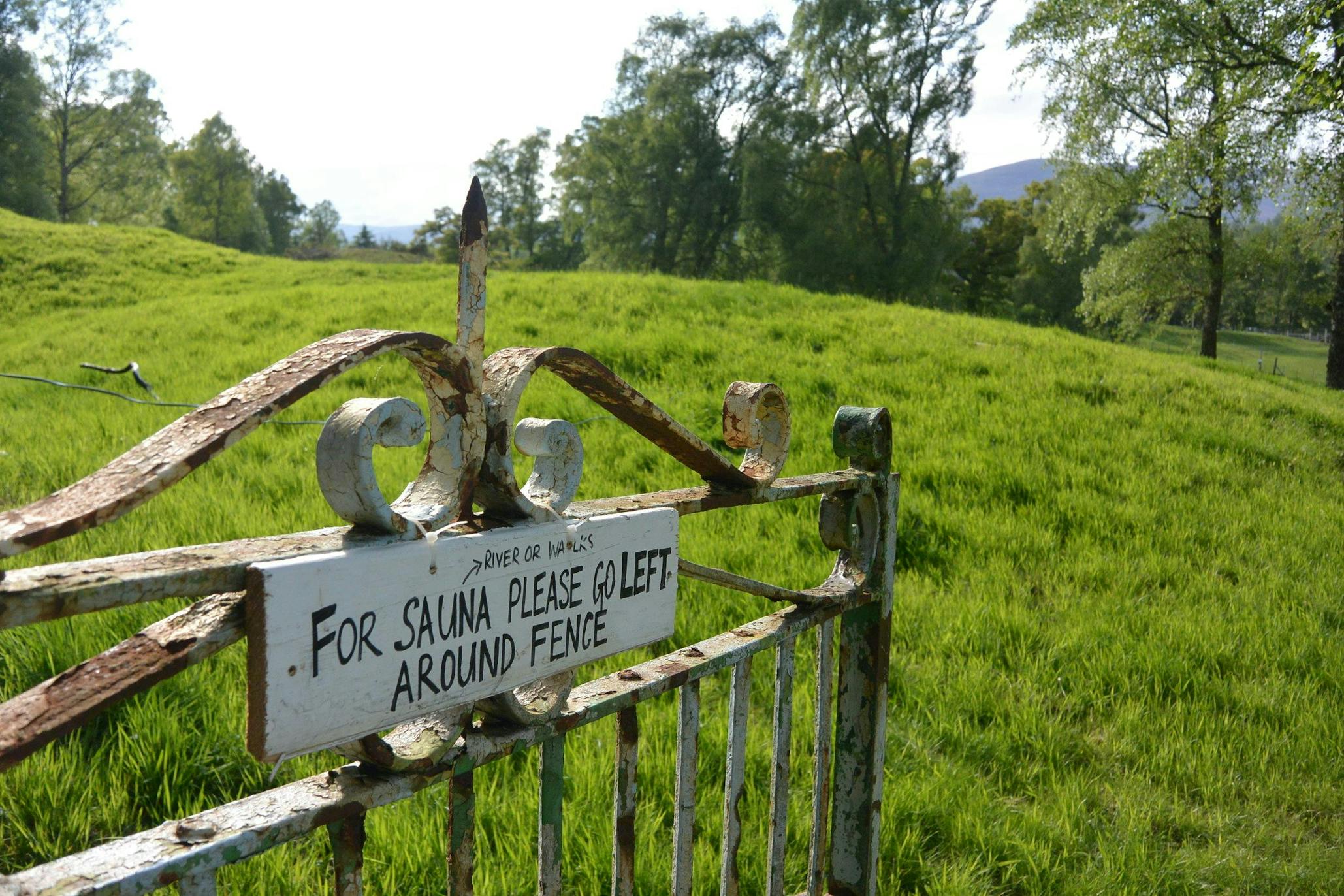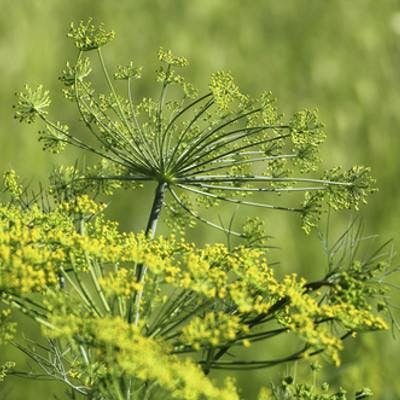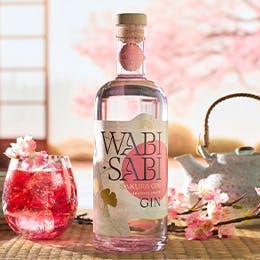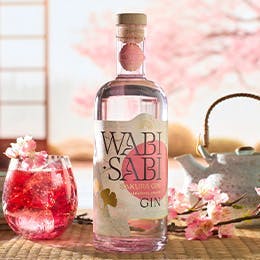Total flexibility, no commitment
A world of unique, crafted gins
Easy, free and reliable delivery

Fascinating Fennel: How and why to forage for this botanical beauty
Here gin botanicals expert Susanne Masters explains the ancient allure of fennel, and gives tips on how to forage for your own.
Fascinated by the botanical tastes and aromas of gin? Join Susanne this October for a weekend of foraging wild juniper from a centuries-old tree, cooking beautiful meals and sipping delicious gin by cosy fires at Inshriach House in Scotland. Learn more about attending here.
For hundreds of years historians and scientists puzzled over the identity of ‘marshanha’ – a food and medicine described by the Hittites, an ancient people who built an empire to rival that of Egypt, as the seeds of desolation. What could this powerful plant, so essential to the city-destroying curses of the Hittites, possibly be?
The powerful plant was fennel – and the fennel seeds that flavour many gins today were once considered city destroyers.
Super seeds
A rummage through the clues that helped identify the mysterious ‘marashanha’ tells us not only about the historical uses of fennel, but also sheds light on why it’s become a common gin botanical.
Brought to Britain by the Romans, common fennel — Foeniculum vulgare — is a food plant that also has properties suggestive of desolation. It was used as a contraceptive and is poisonous to livestock. Furthermore, left to its own devices it readily grows where other plants hesitate, on ground that has been disturbed and depleted. As Almanacs warned: ‘Sow fennel, sow trouble’.
But Anglo-Saxons made use of the Roman’s introduction of fennel. British folklore recommends a few fennel seeds in a keyhole to get rid of ghosts, and in the Lacnunga — an assortment of Anglo-Saxon texts on medicinal and religious practices — fennel is one of the herbs in the Nine Herbs Charm used for treating poison and infection.
Hundreds of years later, the lingering perception of medicinal properties in fennel combined with its sweet flavour made it a natural partner for juniper-based alcoholic concoctions with attributed medicinal properties, which became gin.
Fennel seed works in many gins as a pillow-y sweet aromatic that, when used with a sparing hand, gives gins a smooth sweet, aroma without masking other botanicals – but too much will produce a gin on a par with miserable bottles of holiday retsina lurking in cupboards.
Fennel flowers are far more forgiving. Their flavour is more subtle and complex than the seeds. Furthermore, they are much harder to overuse – the price of fennel flowers sold as ‘the spice of angels’ tends to curb over generous use.
Unless you rummage around the countryside and friend’s gardens, picking fennel flowers for free.
Easily dried by leaving flower heads on a wire rack on a tray out of direct light for a few days, dry fennel flowers can be shaken or gently brushed off the stalks and stored in an airtight container to use as a spice that adds an enigmatic flavour to sausage and goat-cheese based dishes.
By far the easiest way to capture the spice of angels is to make fennel flower liqueur. Kept Italian style, in a bottle in the freezer, it is a light digestif drunk as a neat shot or served over slowly melting ice. Shaken with gin, fennel flower liqueur adds a touch of warm sunset, and works particularly well in gin cocktails using rhubarb, strawberry or bitter orange.
5 tips for fennel flower foraging

1. Fennel is widespread on roadsides, seashores and wastelands – open places with disturbed ground and conditions reminiscent of its Anatolian origins. It can be found in ornamental flowerbeds as well as vegetable gardens, and keep in mind that the bronze-leaved version is just as tasty as the more common green-leaved version.
2. Fennel can be differentiated from other similar plants growing wild in Britain by the fine thread like leaves and the tiny yellow flowers, both of which will smell of fennel or aniseed.
3. Fennel flowers from July to October, and these blossoms should be picked on a dry, sunny day. There should be plenty of insects hovering about the flowers and feeding on them: if the flowers are not good enough for insects, it’s not worth picking them for your kitchen.
4. Individual fennel flowers are so tiny that they would defy picking each one singly. Conveniently for foragers these flowers are arranged in umbels. In an umbel the stem of each flower radiates out from the same point on stems of approximately equal length, like the ribs of an umbrella. To pick one head of fennel flowers simply snap off the stem leading to what looks like an umbrella composed of lots of little umbrellas.
5. Do not wash fennel flowers – if you do you will be washing the flavour off. Make sure they are clean enough for consumption by picking them away from roadsides and other sources of pollution. In Britain the best place to find fennel is along seashores.
Fennel Flower Liqueur Recipe
Ingredients
40 freshly picked fennel flower heads
400ml of 95° alcohol and 600ml of water, or 1 litre of vodka
300g sugar
Directions
Remove as much of the flower stalks as possible. This is most easily done by holding the flowers of one head together and pulling off the stalks.
Put the flowers and the 95° alcohol (or vodka) in a jar just big enough to contain the liquid, which seals with an airtight lid.
Leave to infuse for 10 days. Give the jar a shake each day (if you can remember to).
Strain the fennel flower infused alcohol into a large jug and combine it with the water and sugar. Or strain the infused vodka into a large jug and combine it with the sugar.
Decant into bottles with leak-proof closures and enjoy!







